University of Minnesota President Joan Gabel discussed the University’s current minimum wage and building relations with Minnesota’s tribal nations Friday in an interview with the Minnesota Daily.
Gabel also discussed faculty burnout with the return to mostly in-person classes. This semester marks the first time in almost two years where the majority of classes are held mostly in-person in University classrooms.
Currently, Minneapolis minimum wage ranges from $12.50 to $14.50 an hour, with a goal of $15 being the standard for large employers starting in July 2022. The University’s minimum wage, according to the Office of Human Resources, is $10.08 an hour, which is the Minnesota standard for large businesses. Why doesn’t the University have to follow the minimum wage set by the City of Minneapolis?
“First of all, we’re a system and we are always trying to be consistent across system campuses. And we absolutely believe in the necessity of supporting our student workers. It’s in the strategic plan to recognize student employment as part of our fiscal responsibility. Our employers are more flexible than an off-campus employer would be during the pandemic; we paid our student workers even when they weren’t working. This is a different kind of employment relationship, in our view, and [is] like part of your educational experience. In order to have those components of a learning experience, there’s some expenses associated with that.”
Do you think the University has a responsibility to increase the minimum wage for workers, especially student workers?
“I think that wages should go up, and we are seeing pressure around inflation. We have a whole working group analyzing how we would go about [increasing minimum wage] because the resources to pay students more have to come from somewhere. It’s a competitive marketplace for talent. We want to make sure that we’re competitive. We want to make sure that we’re supporting you. And we want to make sure that we do so in a fiscally responsible way.”
How are initiatives like the new tuition waiver for members of tribal nations, Karen Diver’s new role as Senior Advisor for Native American Affairs and building relationships with Tribal Nations progressing?
“We have a complicated history with our partners, and it’s not something that you fix [overnight]. This is an incremental process; a one-step-at-a-time process. The process includes components that touch a variety of areas. There’s the political relationship in [recognizing] the sovereignty of the tribal nations, that I engage with chairs of those 11 nations [in Minnesota]. There is support for students that’s financial. There’s support for students … around ensuring the best experience when on campus. There is recognition of the need for equity in recruiting and retention of faculty, staff and students. We’re glad that there is progress, but we absolutely acknowledge that there’s a lot more work to do.”
What factors into your decision to expand the tuition waiver outside of just the Morris campus?
“I think that we should clarify that it’s a different tuition waiver than the Morris campus‘. The Morris campus tuition waiver was a component of the creation of that campus, which was previously not a part of the University system. When it became part of the University system, this was part of the founding requirements for that campus. It’s something that we’re deeply committed to and proud of.”
“The idea really came from MIAC, which is the Minnesota Indian Affairs Council. The idea that there should be a recognition of the unique relationship that we have with the Minnesota tribes in the form of tuition support was [in collaboration with the University and MIAC]. We rely on their advocacy rather than attempting to guess what would be appropriate or fulfilling or a good next step with tribal community partners.”
Are faculty still reporting high levels of burnout this semester following the transition back to mostly in-person classes?
“Yes, everyone is and faculty had to do a lot in many ways. As a collective community, this might have been the most intense and burdensome semester in terms of the amount of work required in order to offer a successful learning experience. The faculty did that exceptionally well, in my opinion, and with great appreciation for what it meant for them to be in the classroom serving our students in the classroom during this particular period of time. I think what they need is for all of us to recognize and appreciate what they’re doing and what they’ve done and I hope everyone would join me in that.”
This interview has been lightly edited for length, grammar and clarity.


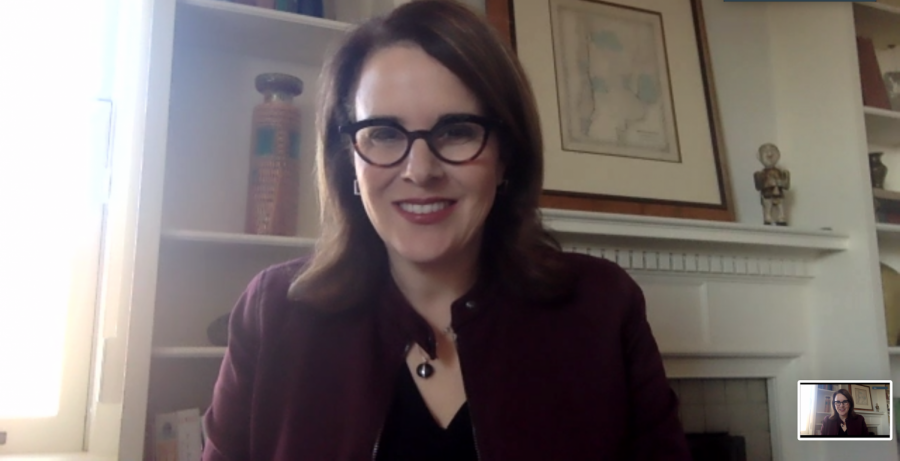

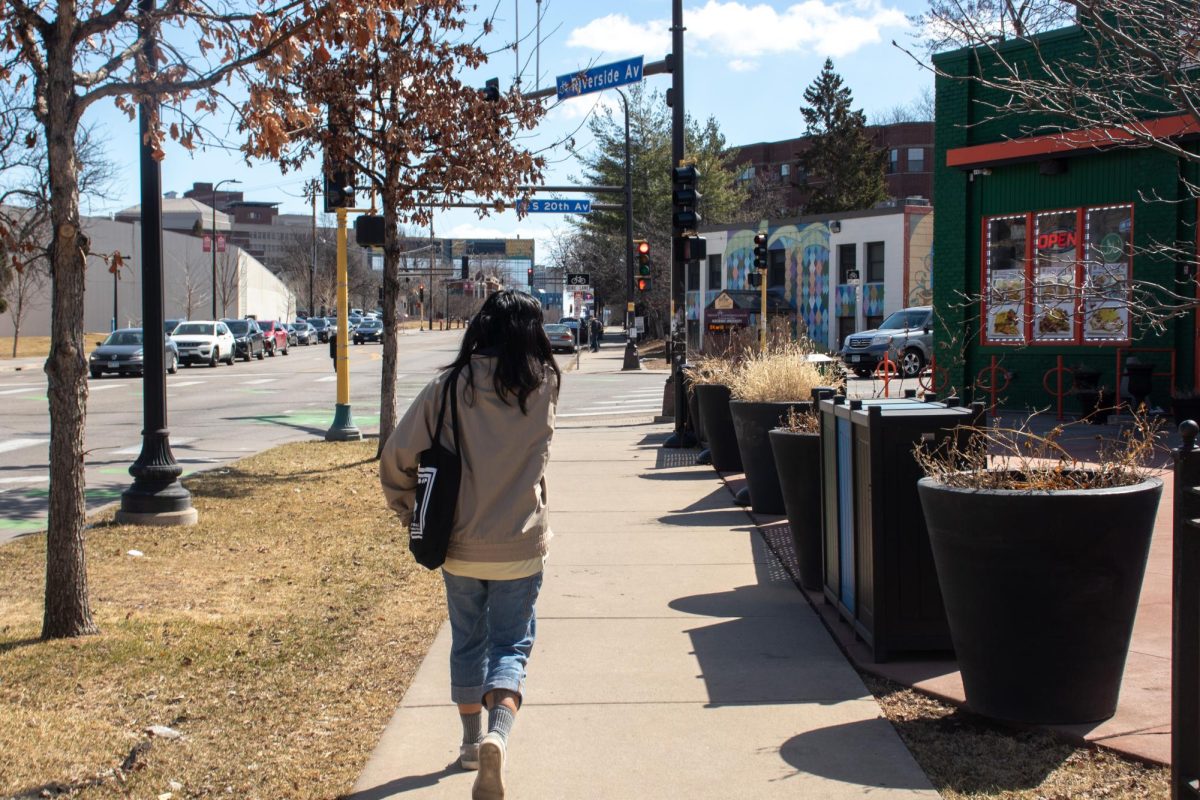

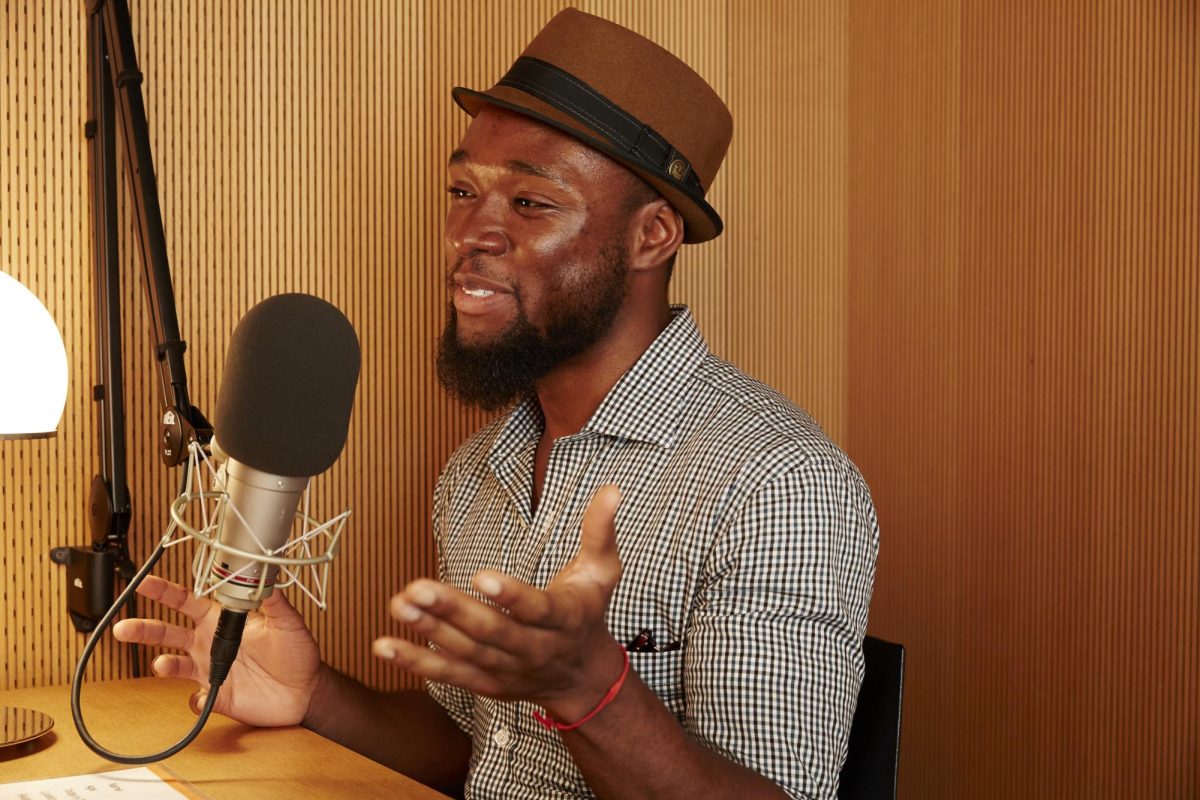

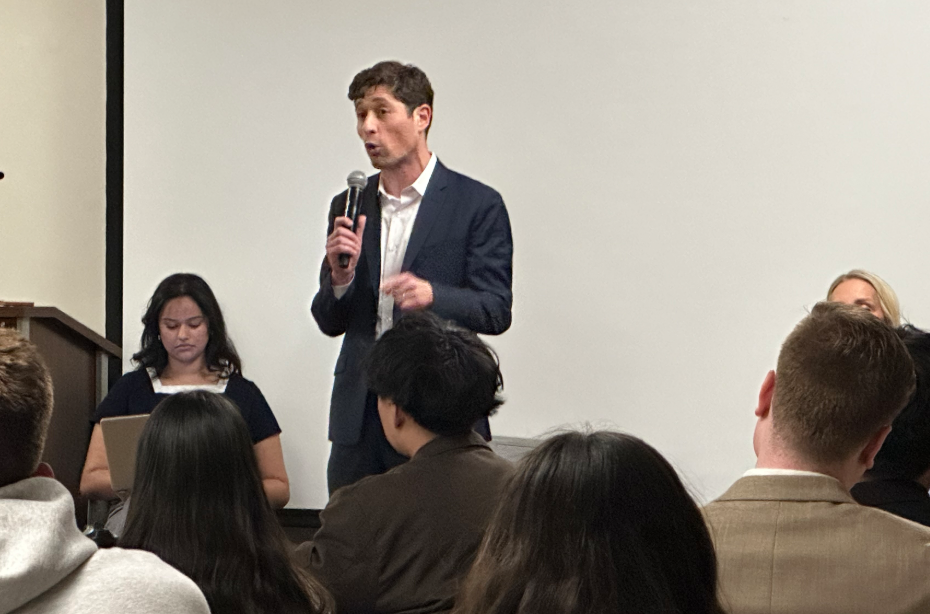






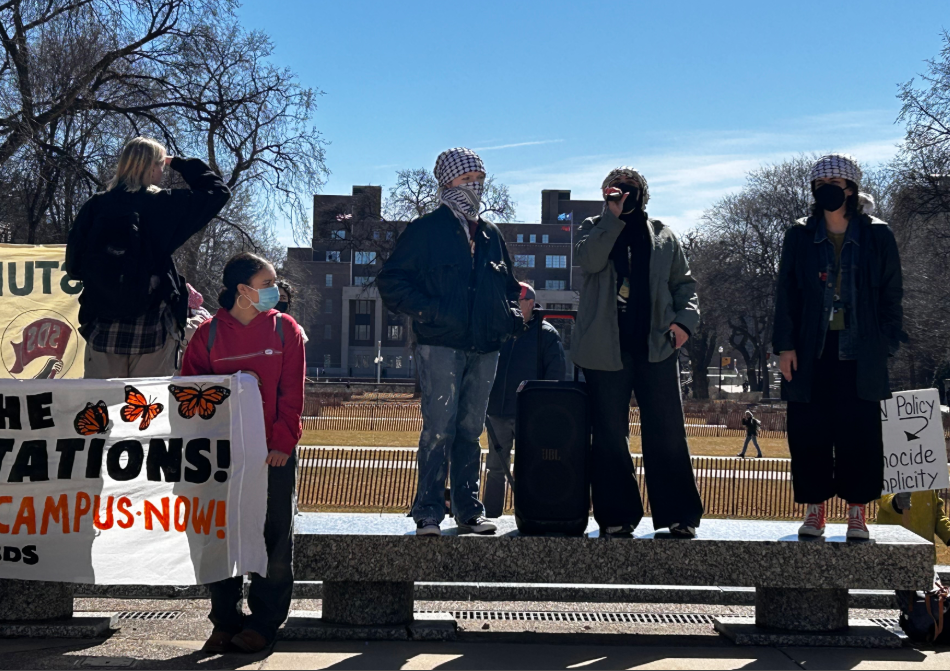

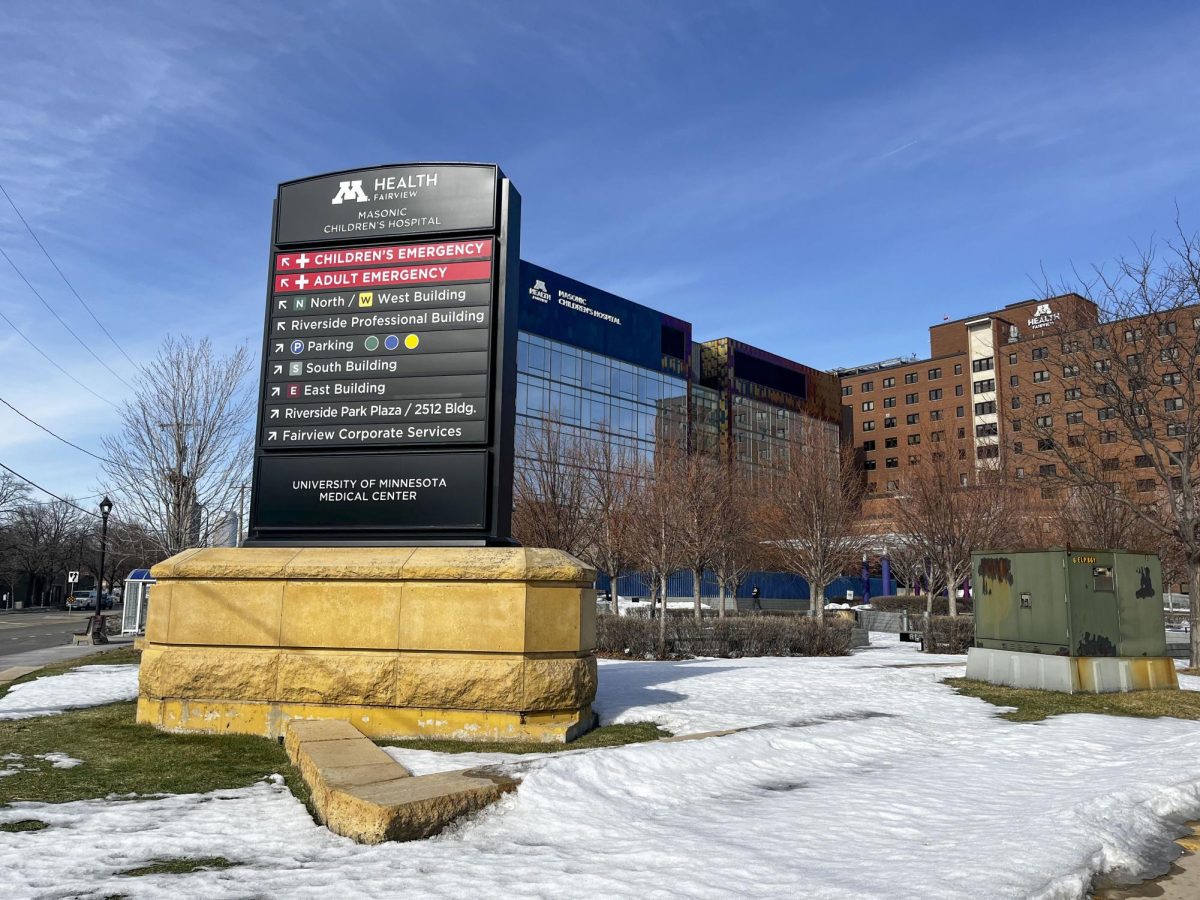
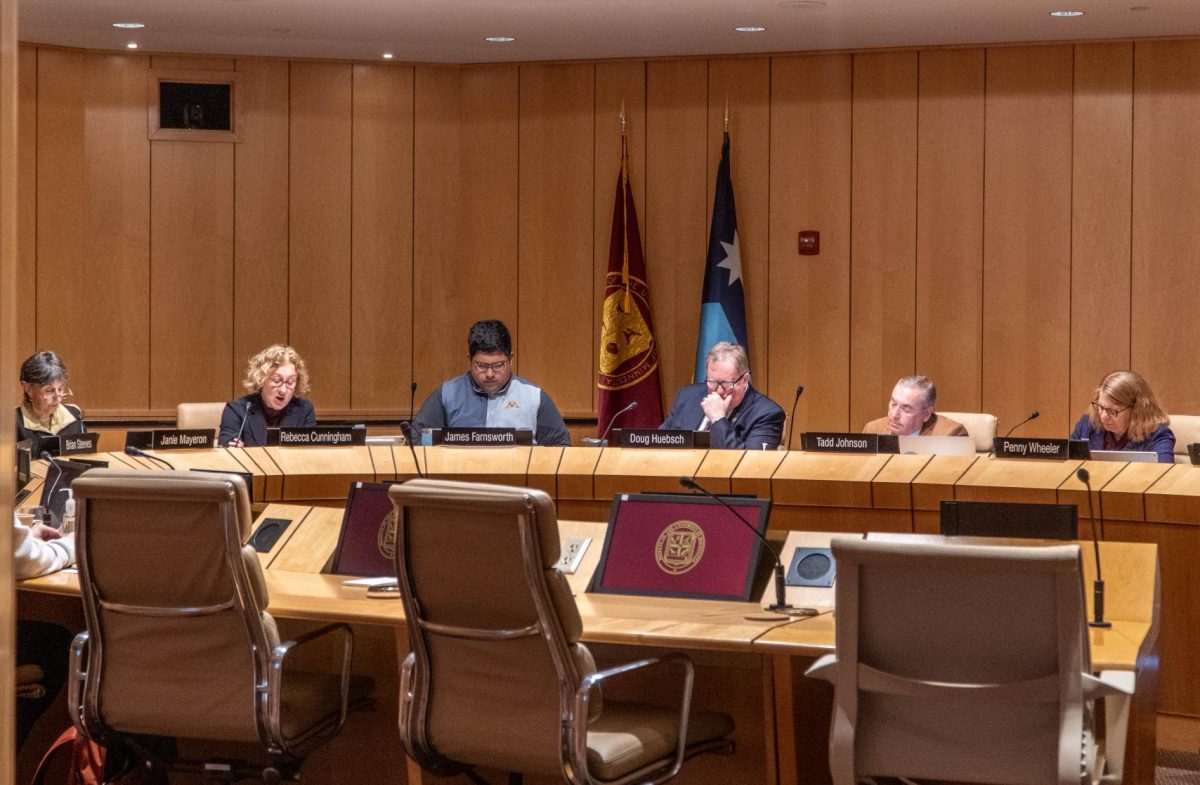

Cassidy
Nov 16, 2021 at 3:54 pm
Gabel’s reasons for not increasing the on-campus wage is pathetic and the same thing the university has been saying for years. First, my off-campus jobs started paying hazard wages over a month sooner than the university did. Second, the university did not provide PPE until the beginning of May 2020. Third, they changed the hours allowed to work from 28 to 40 hours during the pandemic because they HAD to rely on student workers. Fourth, why should the wages be consistent across campuses when the cost of living and tuition are not the same across the campuses? Fifth, my off-campus jobs were just as accommodating, if not more, than my on-campus jobs regarding my school schedule. Finally, Gabel doesn’t even address the exploitation of international students who can’t work off-campus. Realistically, the university won’t raise the on-campus wage to match the city because they will always have student workers.